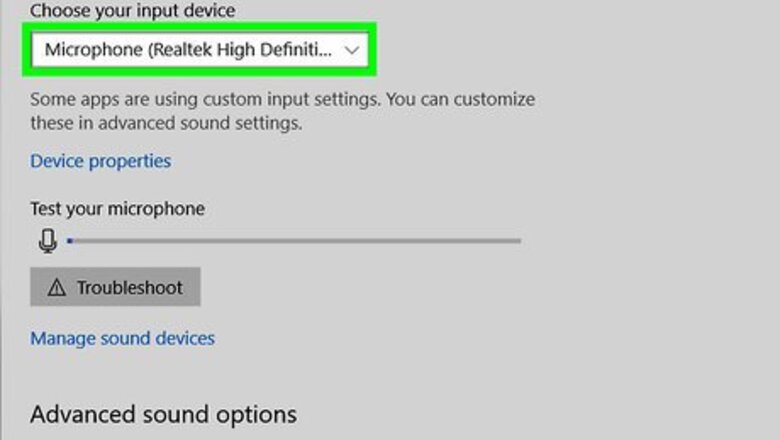
views
- Record internal audio using Audacity. Launch the app, Choose "Windows WASAPI from the audio host drop-down menu and "Speakers (loopback)" from the audio input drop-down menu.
- Disable software playthrough, then click the red circle to start recording. Play the audio you want to record. Click "Stop" "overview" to end the recording.
- To record external audio, open Windows Voice Recorder and click on the blue-and-white microphone to start recording. Hit the blue-and-white square to stop.
Using Windows Voice Recorder
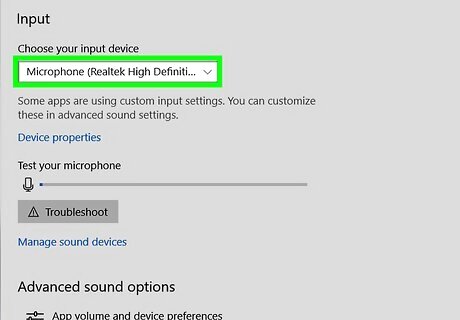
Test your microphone. This method covers making a simple one-track recording using your Microphone and Windows Voice Recorder. If you want to do more advanced multi-track recording (such as for your band/music project), see How to Record a Song Audacity. Since most laptops have an onboard microphone, you shouldn't need to connect an external one to record simple voice audio. Desktop PC users will need an external microphone. Here's how to test whether your microphone is ready to record: Click the Start Windows Start menu and select Windows Settings Settings. Click System. Click Sound. Select your microphone from the "Choose your input device" menu on the right panel. Locate the pulsating bar below "Test your microphone" in the right panel. Speak into your microphone. If the bar moves as you speak, it is detecting audio through your microphone. If the bar doesn't move, click Device properties right above the bar, and try raising the volume. If you're still having issues, see How to Connect a Microphone to a Computer. Windows Voice Recorder comes pre-installed on most Windows 11 computers and laptops. However, you can search the Microsoft Store to download it for free if your computer or laptop doesn't have it installed.
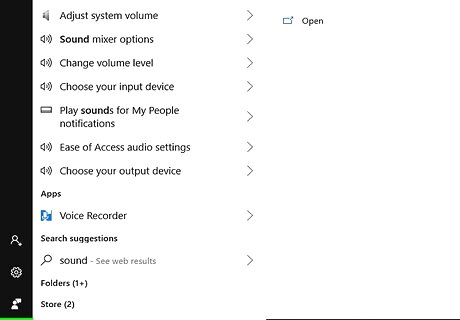
Click the Start Windows Start menu. It's usually at the bottom-left corner of the screen.
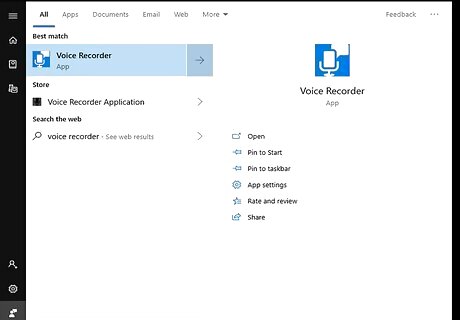
Type voice recorder. This will search your computer for the Voice Recorder app, which is a free app that's included with Windows 10.
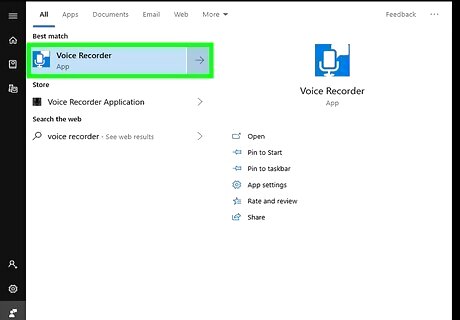
Click Voice Recorder in the search results. It's the microphone-shaped app icon at the top of the results. This opens the Voice Recorder app.
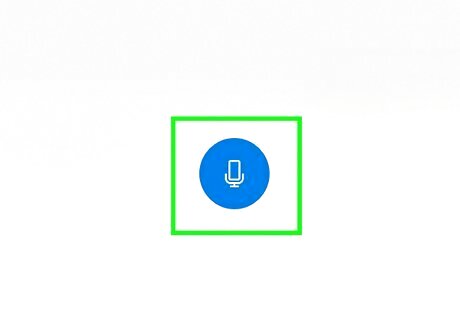
Click blue-and-white microphone to start recording. It's at the bottom-left corner of the app. Voice Recorder will begin capturing audio from your microphone. If you're recording your voice, speak directly into the microphone to record yourself.
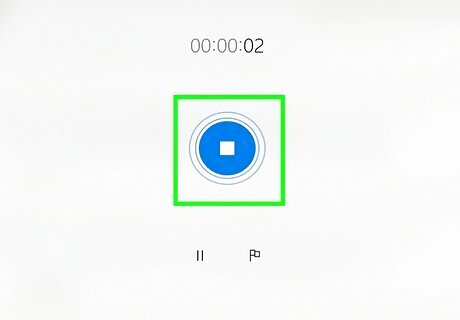
Click the blue-and-white square to stop recording. It's at the center of the window. This saves the recording and returns you to the main Voice Recorder screen. Recordings are automatically saved to the Sound Recordings folder inside Documents.
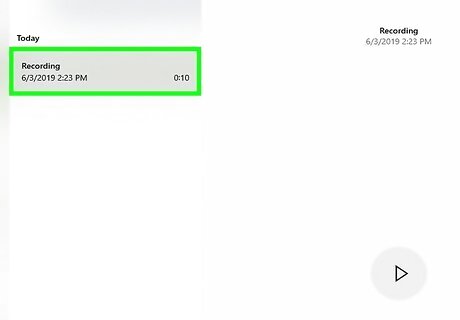
Click the recording date to listen to the recording. Your recordings appear in the left panel with the most recent recording at the top. To change the name of your file, right-click its name in the left panel and select Rename. To share your recording with others, right-click the file and select Share. This allows you to select an app to share with.
Using Audacity
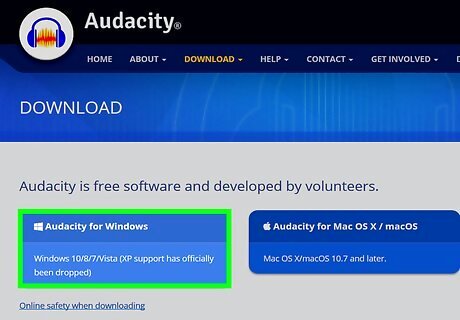
Download and install Audacity. Audacity is a free program that record and edit audio on your PC, including the music coming from your favorite movie and video players. To download Audacity, go to https://www.audacityteam.org/download/ in your computer's web browser, and then do the following: Click Audacity for Windows. Click the Audacity 2.3.2 installer link to download the file. Double-click the installer file. Follow the on-screen instructions to install Audacity.

Open Audacity. If Audacity doesn't open automatically, open Start Windows Start, type audacity, and click Audacity in the search results.
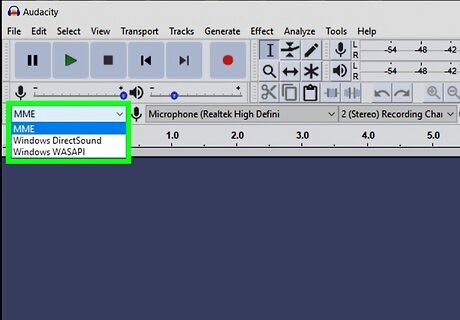
Click the audio host drop-down menu. It's near the upper-left side of Audacity and usually has MME selected by default. A drop-down menu will appear.
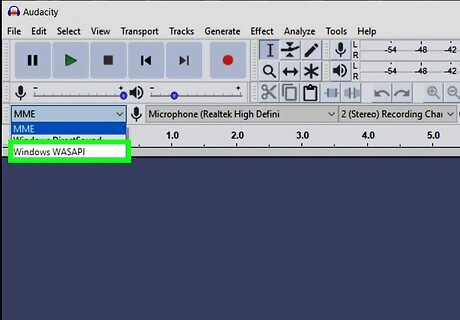
Select Windows WASAPI. This option sets Audacity to record sound from other apps, such as those that play music or videos.
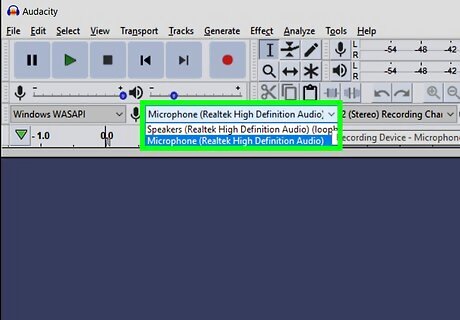
Click the audio input drop-down menu. It's to the right of the microphone icon that's right of the "Windows WASAPI" box.
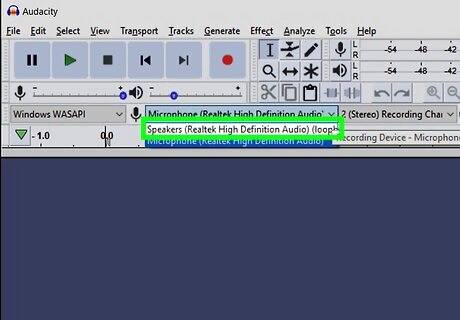
Click Speakers (loopback). Selecting it ensures that Audacity will capture your computer's internal (on-screen) audio without recording external audio (e.g., your typing). If the audio you're listening to is currently coming through headphones, you'll click Headphones (loopback) here instead.
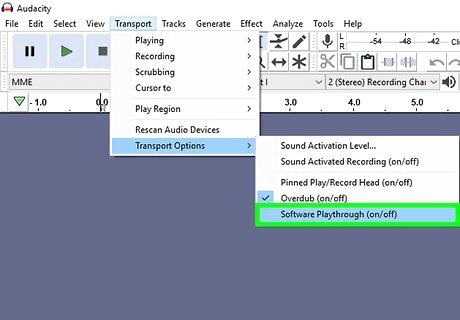
Disable Software Playthrough. To ensure that your audio is captured without distortions and feedback, follow these steps: Click the Transport menu. Click Transport Options. Remove the check mark from "Software Playthrough" if its present. If there is no check mark, there's no need to make any changes.
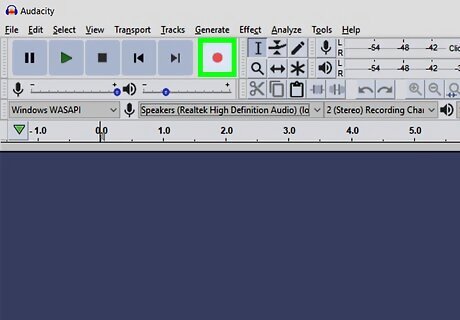
Click the red circle to start recording. It's near the top-left corner of Audacity. Audacity will begin recording the audio coming from apps on your computer.
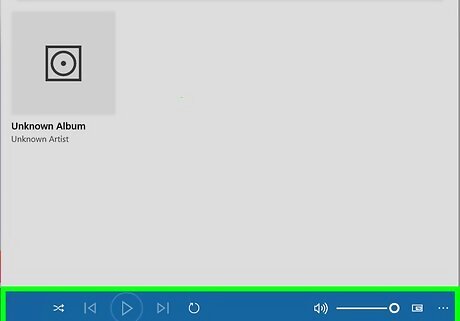
Play the audio you want to record. It's best to do this after beginning your recording—you can always trim down the beginning of the recording to account for dead space as needed.
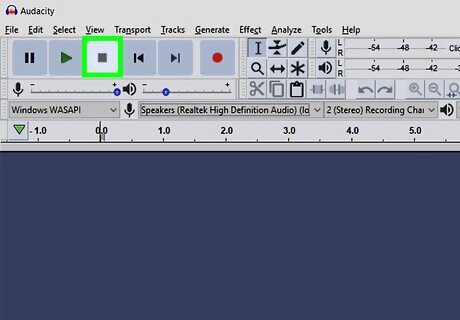
Click Android 8 Overview button to stop recording. This "Stop" icon is near the top-left corner of Audacity.
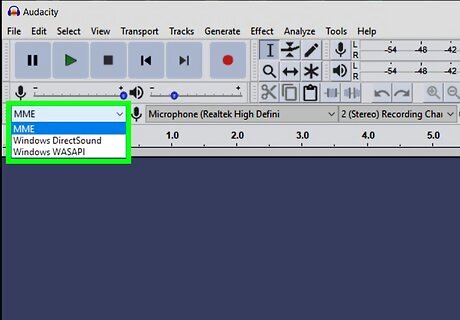
Switch the "audio host" menu back to MME. This is the menu near the top-left corner of the app that currently says "Windows WASAPI." This will change back the audio output and input options so that you can play your recorded audio.
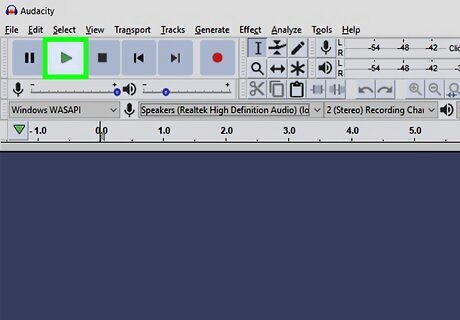
Click Android 7 Play to listen to your recorded audio. It's the green "Play" button at the top of the Audacity window. This will play the recorded audio through your computer's speakers (or headphones).
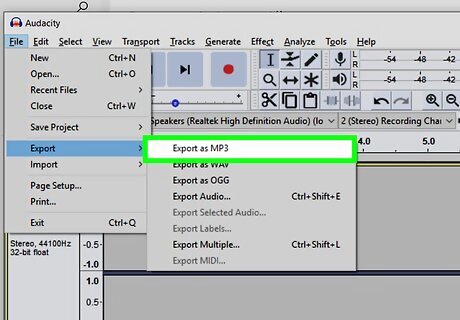
Save your recorded audio. To save your file: Click the File menu in the top-left corner of the window. Select Export. Click Export as MP3 (or your desired format) in the menu. Select a save location. Enter a file name in the "File name" text box. Click Save. Click OK when prompted.














Comments
0 comment